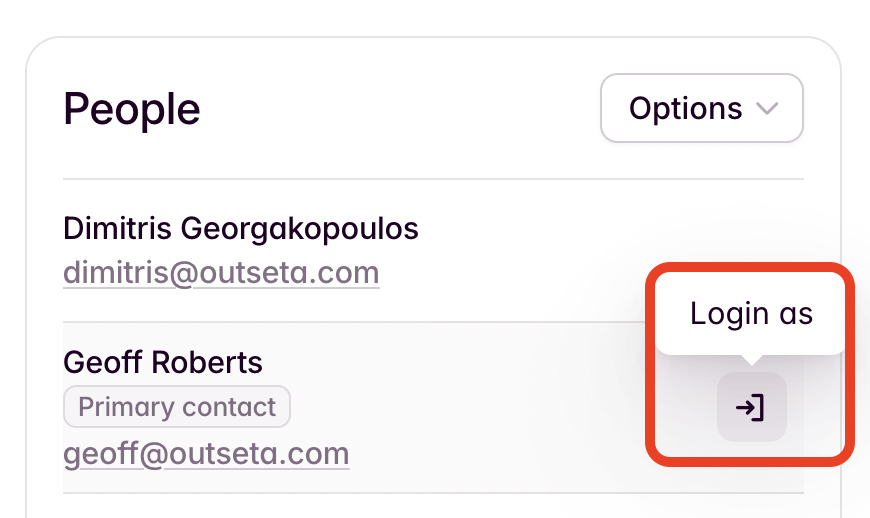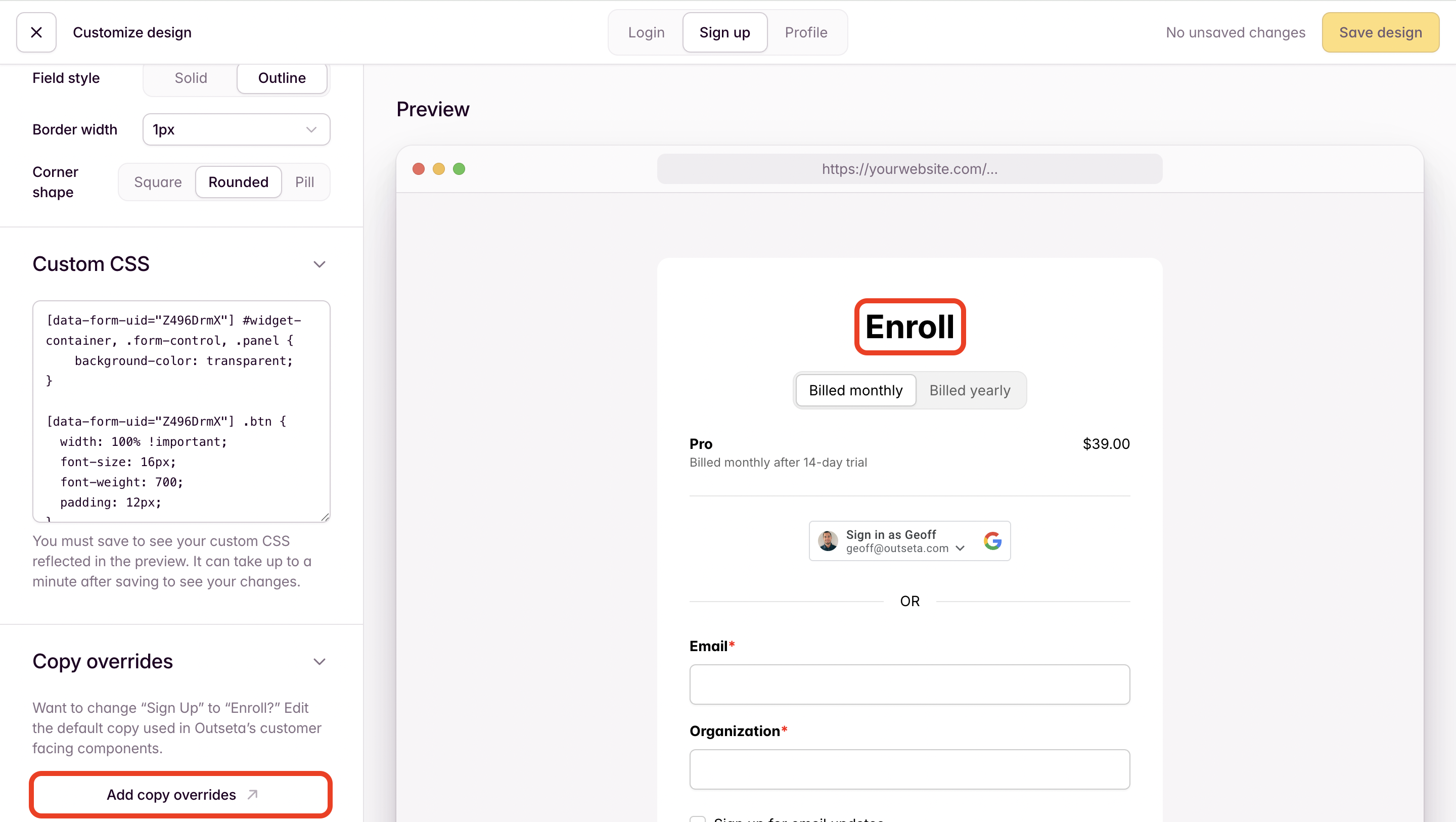.jpeg)
Outseta Company Update - September 2025
Our September 2025 update introduces the newest member of our team, our first "vibe coding" tutorial, an MCP server, and a feature our competitors charge $100/mo for (for free).
Friends! Customers! Outsetans! Lend me your ears.
In this company update we've got new features, a tutorial, and a new member of our team to share with you.
New Team Member! Pierre Havelaar
We're excited to announce the newest member of our team—Pierre Havelaar. Pierre is a full-stack software engineer who will be focused on building our product. Pierre was previously the CTO of Move Work Forward, a SaaS company and Platinum Marketplace Partner within the Atlassian ecosystem.

Pierre lives in Northeast England and will initially be working on Outseta four days per week. This is a big hire for our team and one that will accelerate the rate at which we get product improvements directly into our customers hands.
Many of you will find yourselves interacting with Pierre initially via our support inbox—please join us in welcoming him to the team!
New Tutorial! Vibe coding with Lovable and Outseta
When "no-code" tools became popularized we saw an influx of non-technical people start to build digital products. Now just 5 years later, a second even larger wave is upon us—this one the cool kids are calling "vibe coding." And now, once again, we put our toes in the water—here's our very first tutorial on how to vibe code with Outseta and the AI building platform Lovable.
This one is also our first collaboration with Marissa Goldberg who writes an awesome newsletter called Ideas Kitchen where she shares "simple recipes for using AI." I think she knocked it out of the park, no?
New Feature! User Impersonation
Want to log into your site as one of your customers? Our user impersonation feature allows you to do just that. While many of you have been trialing this feature for some time, this feature is now enabled by default for all Outseta customers.
To login as a given user, navigate to the "People" section on their Account record—just hover over the user you want to login as, and you can authenticate into your product or site as that user.

Best of all, many of Outseta's competitors that provide authentication and user management features charge for user impersonation separately—many even charging as much as $100 per month just for access to this functionality. This one—as with all Outseta features—is included within your Outseta subscription fees at no additional charge.
New Feature! Copy Overrides

Want to change the default copy used on your sign up form to say "Enroll" instead of "Sign up?" That sort of change is what our new copy overrides feature is all about. In fact, it allows you to customize the default copy used across any of Outseta's customer facing components.
To start adding your own customizations, just head over to the DESIGN tab.
New... Frontier!?! Try Outseta's MCP Server
Warning! This final update isn't for everyone—it's a "cool new thing" that may be of interest to our more technical customers.
As AI tools are increasingly used to build software products, our team is spending time figuring out how AI can be used within the context of Outseta—both to help our technical customers build with Outseta that much faster, as well as to provide a "wow" product experience in areas that you didn't even know you needed. To that end, Benedicte recently built our first iteration of an Outseta MCP Server.
https://www.npmjs.com/package/@outseta/admin-mcp-server
The server allows AI Agents like Cursor or Claude to perform actions ranging from subscribing users to mailing lists to creating subscription plans based on natural language commands. In short—this is a first step towards just telling Outseta what you want it to do (using plain English) rather than directly interacting with the user interface of our software.
Sounds interesting? Take it for a test spin and let us know what you think.
That's all for this update—until next time!

